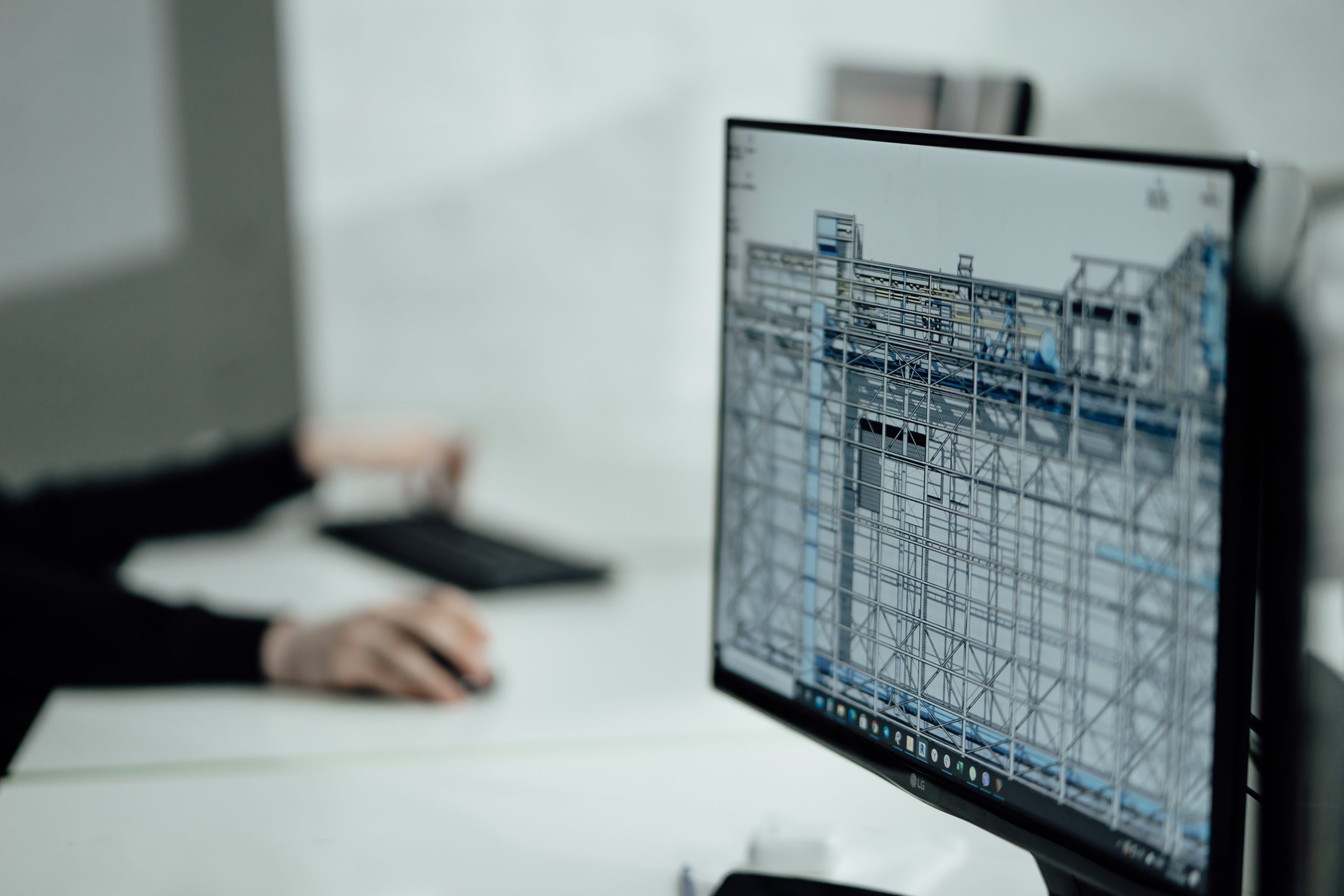New technologies are profoundly transforming the construction industry, revolutionizing the way projects are designed, planned, and executed. Here are some key ways in which new technologies are impacting the construction industry:
- Building Information Modeling (BIM): BIM is a digital representation of the physical and functional characteristics of a building or infrastructure project. It enables architects, engineers, and contractors to collaborate more effectively, visualize designs in 3D, detect clashes or errors before construction, and optimize project schedules and costs.
- Prefabrication and Modular Construction: Advanced prefabrication techniques and modular construction methods are gaining popularity. Off-site fabrication allows for greater precision, quality control, and faster assembly, reducing on-site labor and construction time. This approach also promotes sustainability by minimizing waste.
- Drones and UAVs: Unmanned aerial vehicles (UAVs) or drones are being utilized for surveying, site inspections, and monitoring construction progress. Drones can quickly capture high-resolution images, aerial maps, and 3D models of construction sites, improving project planning, site management, and safety.
- Robotics and Automation: Robots are increasingly used in construction tasks such as bricklaying, concrete pouring, and demolition. Automation reduces labor-intensive work, increases efficiency, and enhances worker safety. Robotic exoskeletons and augmented reality (AR) tools are also employed to assist workers in heavy lifting and provide real-time information on-site.
- Internet of Things (IoT): IoT devices and sensors are embedded into construction equipment, tools, and materials, allowing real-time data collection and analysis. This data provides insights into equipment performance, resource utilization, and worker safety, leading to better decision-making and proactive maintenance.
- Augmented Reality and Virtual Reality (AR/VR): AR/VR technologies are transforming the design and visualization process. Architects, engineers, and clients can experience virtual walkthroughs of buildings before they are constructed, make real-time design changes, and assess spatial relationships, improving design accuracy and stakeholder communication.
- 3D Printing: 3D printing, or additive manufacturing, is making its way into construction. Large-scale 3D printers can create complex architectural components and even entire buildings using a variety of materials, reducing waste, cost, and construction time.
- Sustainable Construction Practices: New technologies are promoting sustainability in construction. Energy-efficient building systems, smart controls, renewable energy integration, and green materials are being incorporated to reduce environmental impact and improve energy performance.
These advancements are enabling greater efficiency, accuracy, safety, and sustainability in the construction industry. However, it is important to note that the adoption and implementation of these technologies may vary across different regions and project types.

